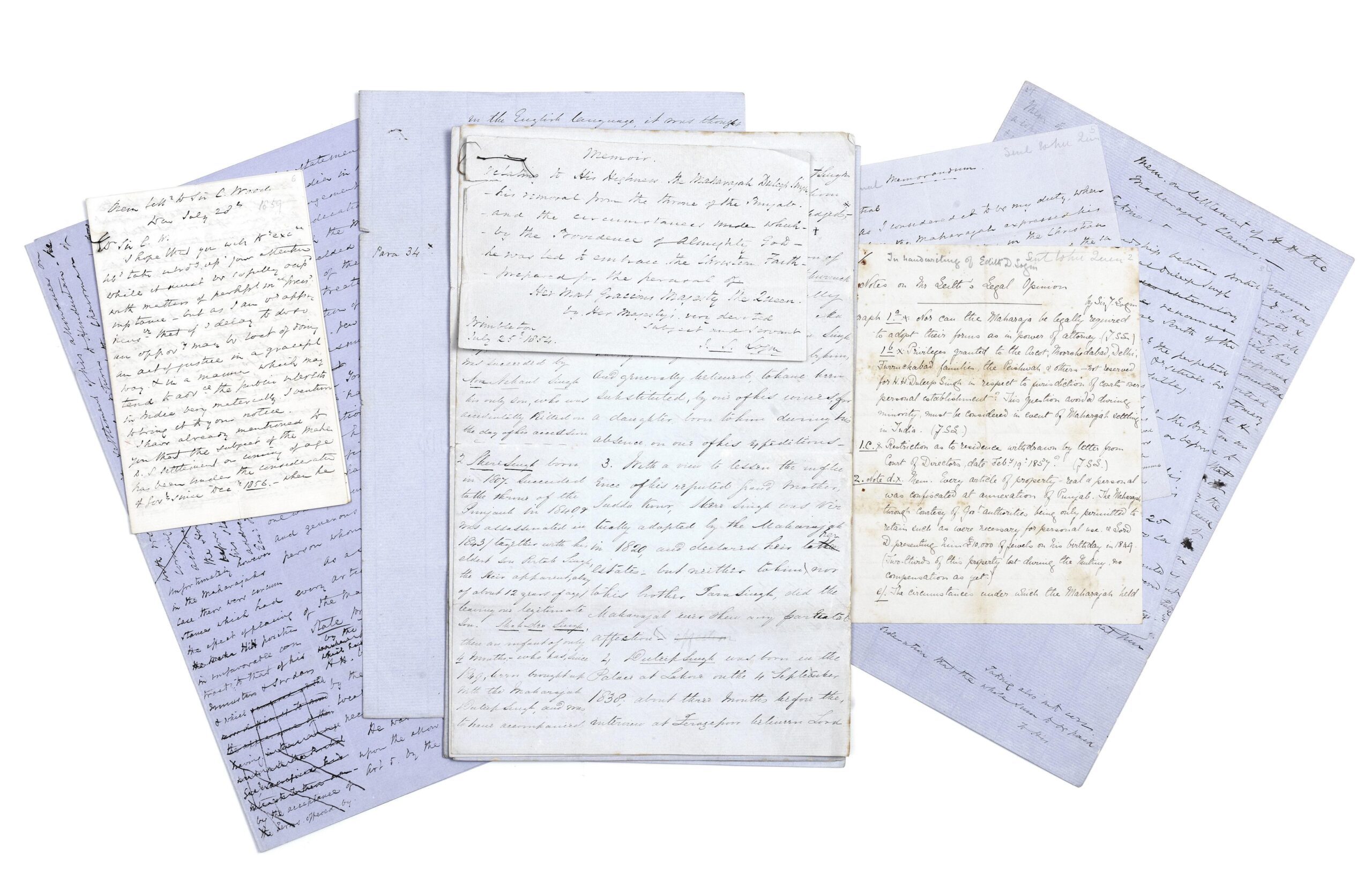Who Owns the Kohinoor?
Join us in our mission to petition the Tower of London to acknowledge the rightful ownership of the Kohinoor diamond and the historical injustices surrounding its acquisition.
Demand Historical Justice
Learn About The Ownership Timeline
Stand with us to ensure the truth is recognized and justice is served.

